Surveillance cameras and sensors are an integral part of the security system. They provide a passive form of security by supporting the system that is already in order. This guide is to help you decide the best locations to install cameras and sensors in your house.
Top 5 Locations To Install Cameras & Sensors
The primary use of security cameras is to help the owners keep an eye on different parts of the house. Keeping these at vantage locations will provide the owners with a good perspective.
For example the hardwired NestCam Indoor and Outdoor Security Cameras. Similarly, sensors can be used to measure the security and alert the owner of any threats. Following are the things to keep in mind before installing cameras and sensors:
1. Enhancing The Efficacy Of Your System
Two things to keep in mind- HEIGHT and FOCUS RANGE. The efficacy of your camera depends on where it is located. At the right height, you will be able to capture the required footage.
While the accuracy in the focus range will ensure the clarity of the images. It is advised to maintain a distance of 8-10 feet between the cameras and the ground to achieve optimum clarity and range.
2. Concealed Yet Visible
This is a simple strategy that can be explained. Visible to you but concealed to the rest. The cameras should give you a clear perspective of what is happening in your house while they should be difficult to access for outsiders.
The factor that governs both these things is nothing but LOCATION. A similar strategy comes into play when we pick a location for placing the sensors. Sensors should be placed such that they cannot be avoided and make it difficult for the intruders to gain access to the house.
3. Avoid The Glare
Do not have the cameras pointing in the direction of the sun. It causes a high contrast in the footage which makes it difficult to monitor the surroundings.
Consider the glare, the angle, and the direction of the sun before selecting its location. Windows damage the footage as well. Most cameras use Infrared technology.
This light tends to bounce off the windows or other glass objects and disrupt the entire footage. So, minimize the glare by keeping the position of the lens close to the glass or the backlight.
Wide dynamic technology can also be used here. In general, do not keep the camera facing in the direction of any light source. This will prevent your footage from getting washed out.
4. Focus On The Location
a) The Perimeter Of The House
This usually consists of the yard or the driveway. For most houses, there is a designated fence or a gate that marks the perimeter.
And the surveillance should be fit perfectly into place. The first and the most important thing is the selection of the cameras and the sensors.
They should not be susceptible to breakage or the conditions they are subjected to outside the house. Have weather and waterproof cameras if possible. Cameras like NestCam are usually preferred here.
Secondly, the location should be set such that they are able to secure the entire perimeter of the house by being able to provide complete footage. However, the location of the camera should be well hidden from the rest of the street.
b) Main Entry Points
These points are the direct access points. Here the continuous flow of movement takes place. Hence it is important to have sensors as well as cameras here. It has been noticed that intruders try to access homes using front doors, side doors, or back doors. Prefer complete security while purchasing your front door camera.
This is the reason why these spots need a security system. Keep in mind the location, the focus range, and visibility of the camera before having it installed.
You can also have added benefits such as night vision. good idea is to use Video Doorbells.
c) Other Entry Points: (Back And Side Doors)
Other entry points include windows, side doors etc. Intruders like to assume that these points will not be secured sufficiently. So installing cameras will make these points less susceptible to attack. Sensors at such places are more effective than cameras.
Cameras are unable to provide the right field to give a complete view of the area. However, sensors bolster security by indicating any break-ins.
d) Garages And Driveways
When it comes to garages and driveways, cameras are more effective. Cameras pointed in the direction of the driveway can help the owners monitor the entry and the exit. They can also help in keeping an eye on cars, equipment, bikes, tools etc. You should install the best driveway sensor alarm to secure your house.
However, will sensors be that effective? In this case, no. The area is far too wide for the sensors to cover. So the best option is to set up an interior security camera and sensor inside the garage while installing an exterior security camera in the direction of the garage.
e) The Yard
Surveillance cameras pointing toward the yard have two advantages. Not only do they keep an eye on anyone snooping around your house, but they also help you keep an eye on the kids, pets, etc.
f) Common Areas
This includes gathering areas such as the living room or the kitchen. These rooms have to be monitored due to the presence of major entry points and ground floor windows.
Besides, cameras can help you keep an eye on the daily activity that takes place in these areas. You can watch the kids, the pets, cleaners or repairmen who are there on a temporary basis.
g) Your Home Office
Your home office consists of many electronic items such as phones, printers, laptops etc. These items can be easily picked up by burglars. Stealing of items such as bank statements, passports and other important documents can lead to identity theft. Hence it’s a must to have extra security in the home office as well.
h) Hallway Or The Stairway
Placing a camera in the main hallway can make it difficult for intruders to move around undetected.
i) Corners
Make use of the corners since these provide the best vantage points.
5. Locations To Avoid
a) Places That Violate Other’s Privacy
There are laws regarding privacy which must be kept in mind before the installation takes place. In general, it is acceptable to place video surveillance covering a broad area of the neighborhood.
The violation of privacy comes into the picture if the video is used for non-security purposes or if it provides a view of the bedrooms, bathroom etc.
These rules are specific to video surveillance only. Audio recording without consent is illegal in most cases.
b) Bedrooms And Bathrooms
If you wish to keep an eye on the elderly and the kids, there are certain alternatives that do not violate their privacy. Baby monitors can be used in the kid rooms while a Medical alert system is a good choice when it comes to seniors. Apart from this, motion detectors and break sensors can be added to bolster the security system.

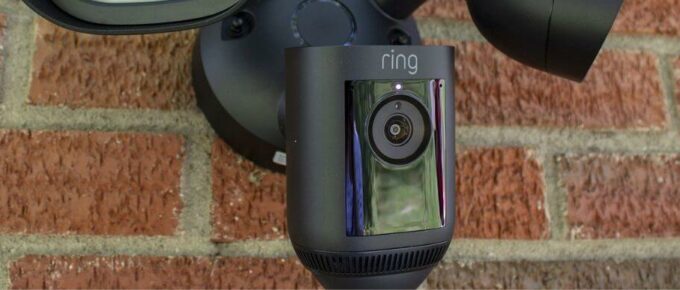
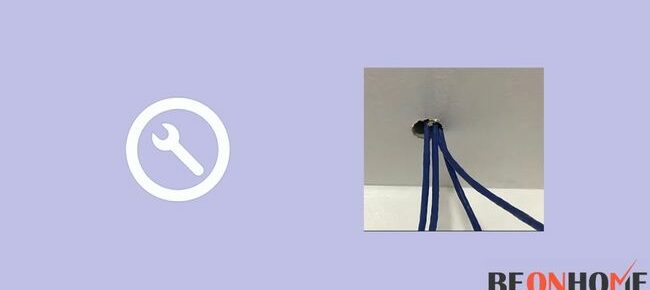
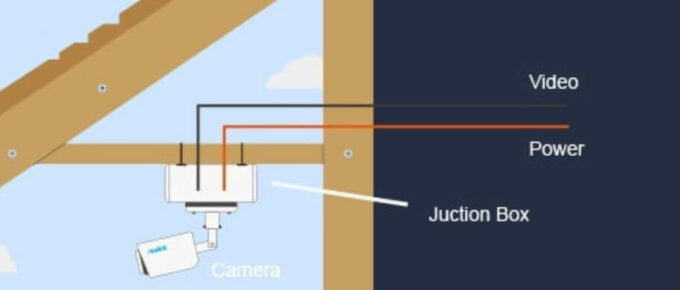
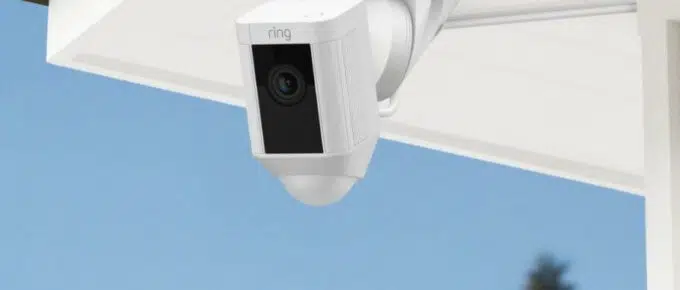
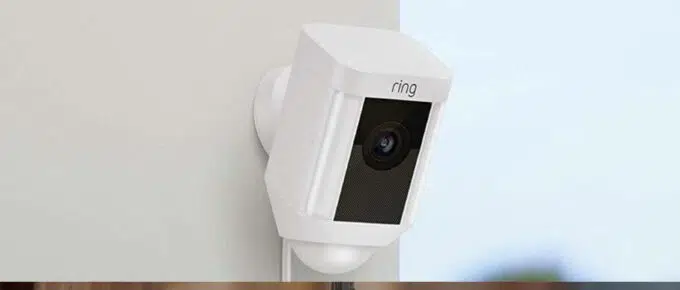
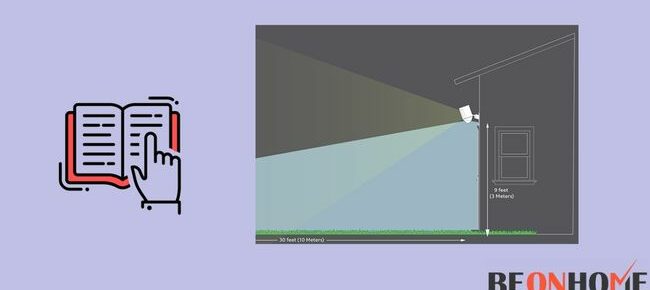
Leave a Reply